Begin by using keyword research tools, delve into forums and Q&A sites, and even leverage AI and predictive analytics to uncover these gems. Once identified, integrate them naturally into your content, ensuring that the keyword density remains balanced, preventing over-optimization.
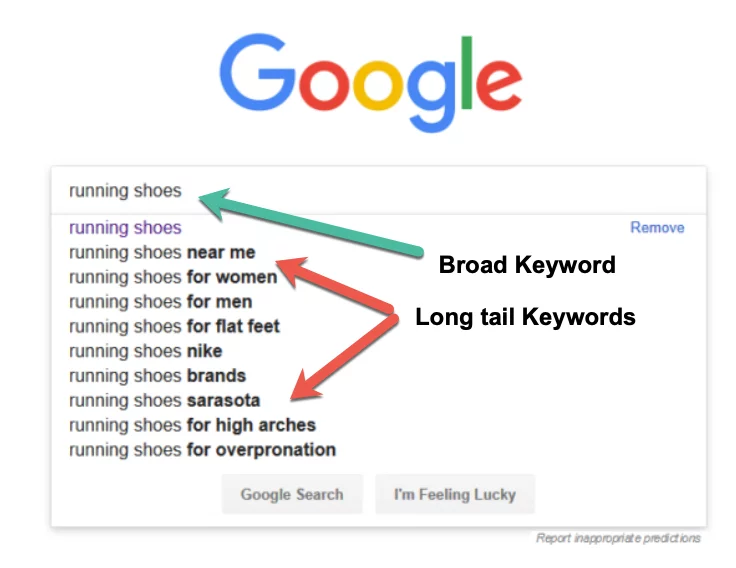
Navigating the realm of SEO often leads to one critical question: How can one effectively pinpoint and integrate long-tail keywords into their content strategy? Let's break this process down step by step.
- Start with Broad Research:
Use SEO Tools: Begin with popular SEO tools like Google Keyword Planner, Ubersuggest, or SEMrush to search for broad terms related to your niche. These tools will often provide long-tail variations as suggestions.
- Analyze Competitor Content:
Gather Insights: Examine the content of top-ranking competitors for your primary keywords. Identify which long-tail keywords they're targeting, offering valuable clues about what works in your industry.
- Leverage Question Platforms:
Seek User Queries: Platforms like Quora, Reddit, and other forums are goldmines for real-world user questions. These often embody the essence of what long-tail keywords aim to capture.
Understand the Why: Beyond just asking, "What are long-tail keywords?" consider why users might be searching for specific terms. This will guide the creation of content that truly resonates with user intent.
- Optimize Content Naturally:
Integrate, Don't Stuff: The key to effective implementation is ensuring that long-tail keywords fit organically into your content. Avoid keyword stuffing and focus on delivering value.
- Voice Search Compatibility:
Frame as Questions: Given the rise of voice search, consider framing long-tail keywords as questions (e.g., "What is long-tail keywords' role in modern SEO?") to capture voice-activated queries.
Add Geographical Elements: If relevant, integrate location-based terms with your long-tail keywords. This can amplify local visibility and cater to users searching for services or products in specific areas.
- Regularly Update and Refresh Content:
Stay Relevant: The digital landscape and user behavior are ever-evolving. Revisit and update your content periodically, ensuring it remains aligned with current long-tail keyword trends and user needs.
- Monitor and Analyze Performance:
Refine and Adapt: Using tools like Google Analytics, track the performance of content optimized for long-tail keywords. Analyze which terms drive the most traffic, highest engagement, or best conversion rates, and adjust your strategy accordingly.
Consistent Efforts: Ensure that everyone involved in content creation understands the long-tail keywords benefits and the importance of their effective implementation. This ensures a cohesive and consistent approach across all content.
By recognizing the significance of long-tail keywords in SEO and methodically integrating them into your strategy, you can enhance visibility, user engagement, and conversions. It's about not just reaching your audience but connecting with them at a deeper, more meaningful level.







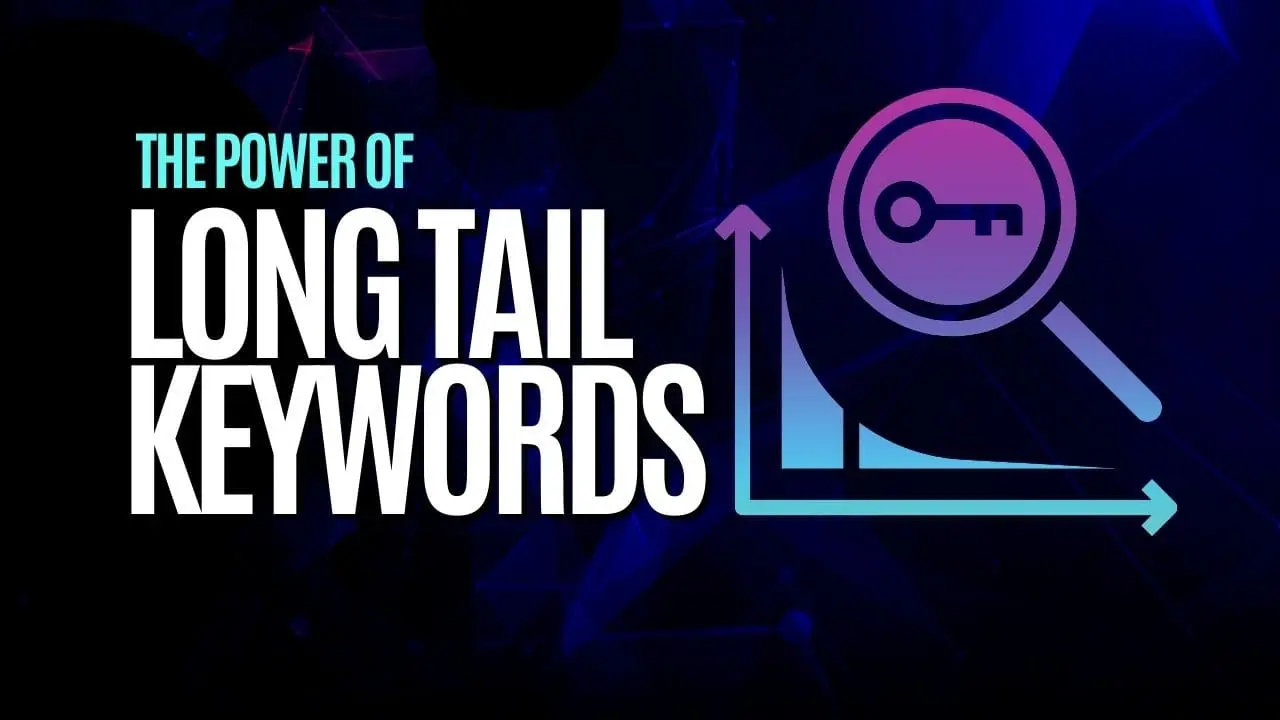



























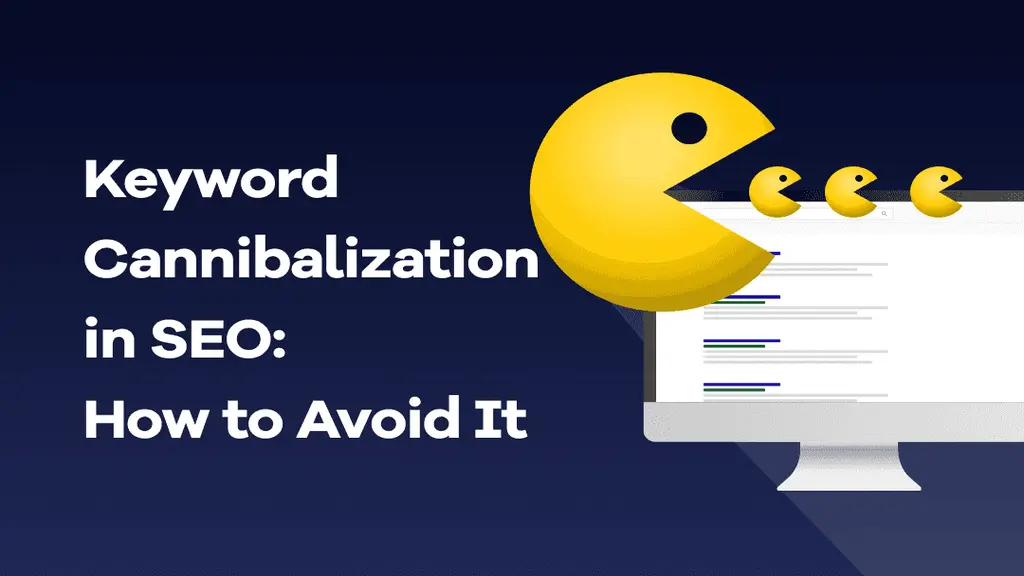

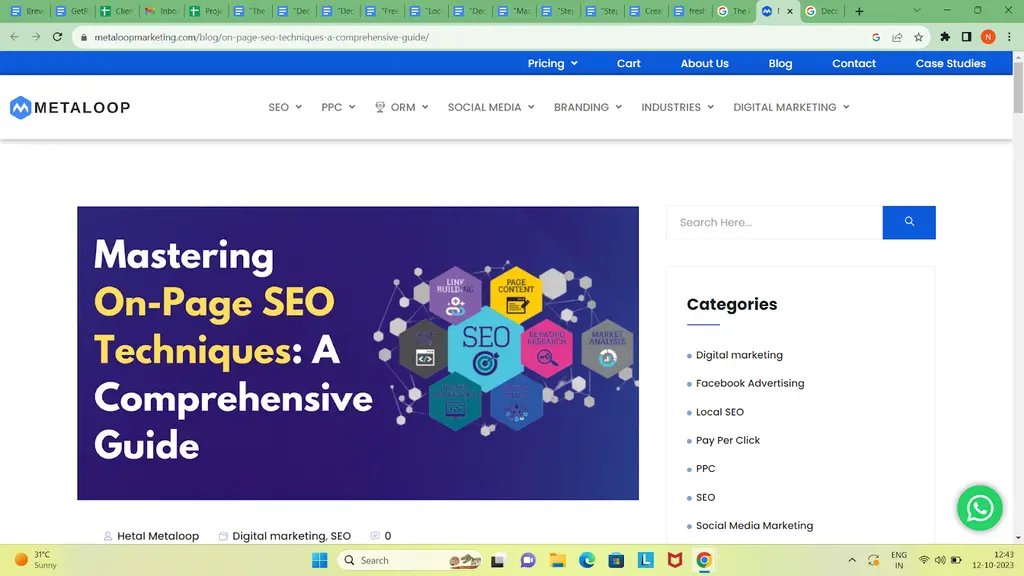



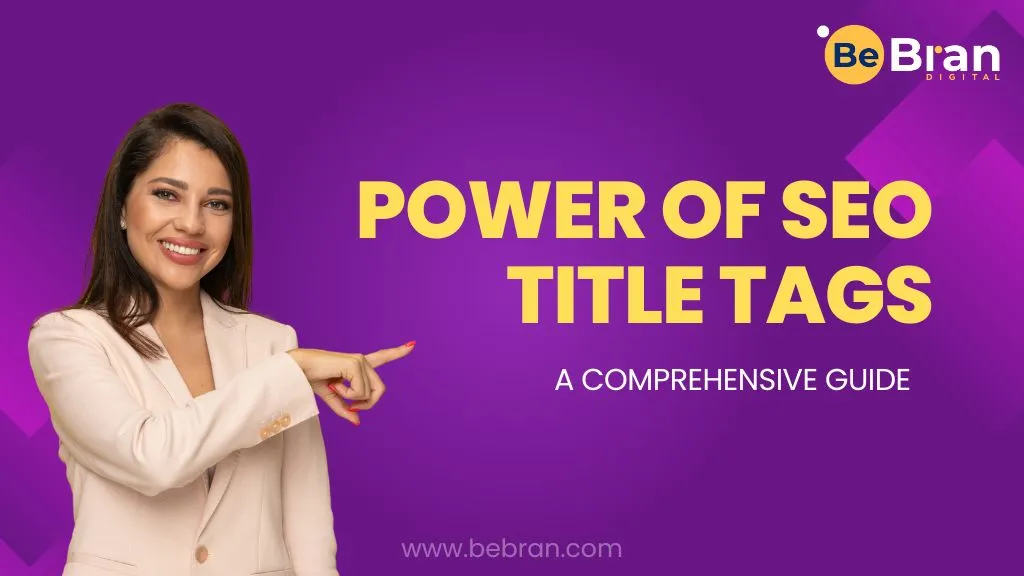
























![1707475220 Bebran[1]](https://bebran.com/public/uploads/1709129094_1707475220_bebran[1].webp)

![1707475220 Bebran[1]](https://bebran.com/public/uploads/1709132759_1707475220_bebran[1].webp)

![1707475220 Bebran[1]](https://bebran.com/public/uploads/1709133996_1707475220_bebran[1].webp)

![1707475220 Bebran[1]](https://bebran.com/public/uploads/1709135250_1707475220_bebran[1].webp)

![1707475220 Bebran[1]](https://bebran.com/public/uploads/1709135874_1707475220_bebran[1].webp)

![1707475220 Bebran[1]](https://bebran.com/public/uploads/1709136770_1707475220_bebran[1].webp)







![1707475220 Bebran[1]](https://bebran.com/public/uploads/1709188948_1707475220_bebran[1].webp)

![1707475220 Bebran[1]](https://bebran.com/public/uploads/1709190426_1707475220_bebran[1].webp)


























































































